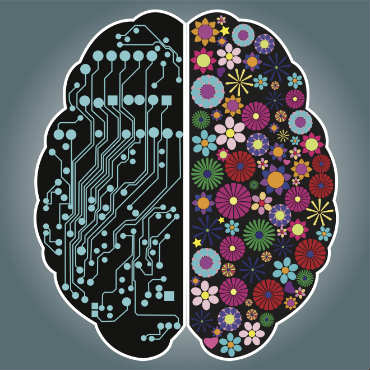DARPA wants smarter ways to measure brain activity

Agency hopes to detect activity in a single neuron, from a distance -- no surgery or tissue-singeing allowed.

WHAT: The human brain has on average 86 billion neurons, according to the best estimates. DARPA is asking researchers if it might be possible to detect brain activity in a single neuron, from a distance, using (in the finest tradition of Defense-agency euphemisms) "non-invasive technologies."
WHY: DARPA doesn't have a specific outcome or type of solution in mind, per its recent solicitation. Instead, the agency is seeking "an entirely new way of sensing neural activity" in moving, awake humans. The agency is interested in potential advances across a range of disciplines, from identifying untapped avenues of neural signals, new physical markers for detecting brain activity, more precise, fine-tuned neural sensors, or computational models that can detect and track the output of single neurons. Anything surgical or requiring anesthesia is out, but there is room for research on methods of physically tracking of brain activity "through ingestible or peripherally injectable routes."
DARPA is hoping for responses from physicists, engineers, astronomers and others with experience in remote sensing technology -- not simply responses from neuroscientists. But anything on the order of a science fiction-like brain ray would have to meet a few modest requirements, including not exceeding "acceptable and safe levels of tissue heating or exposure to electric/magnetic fields or doses of particles."
Click here to read the full solicitation.



